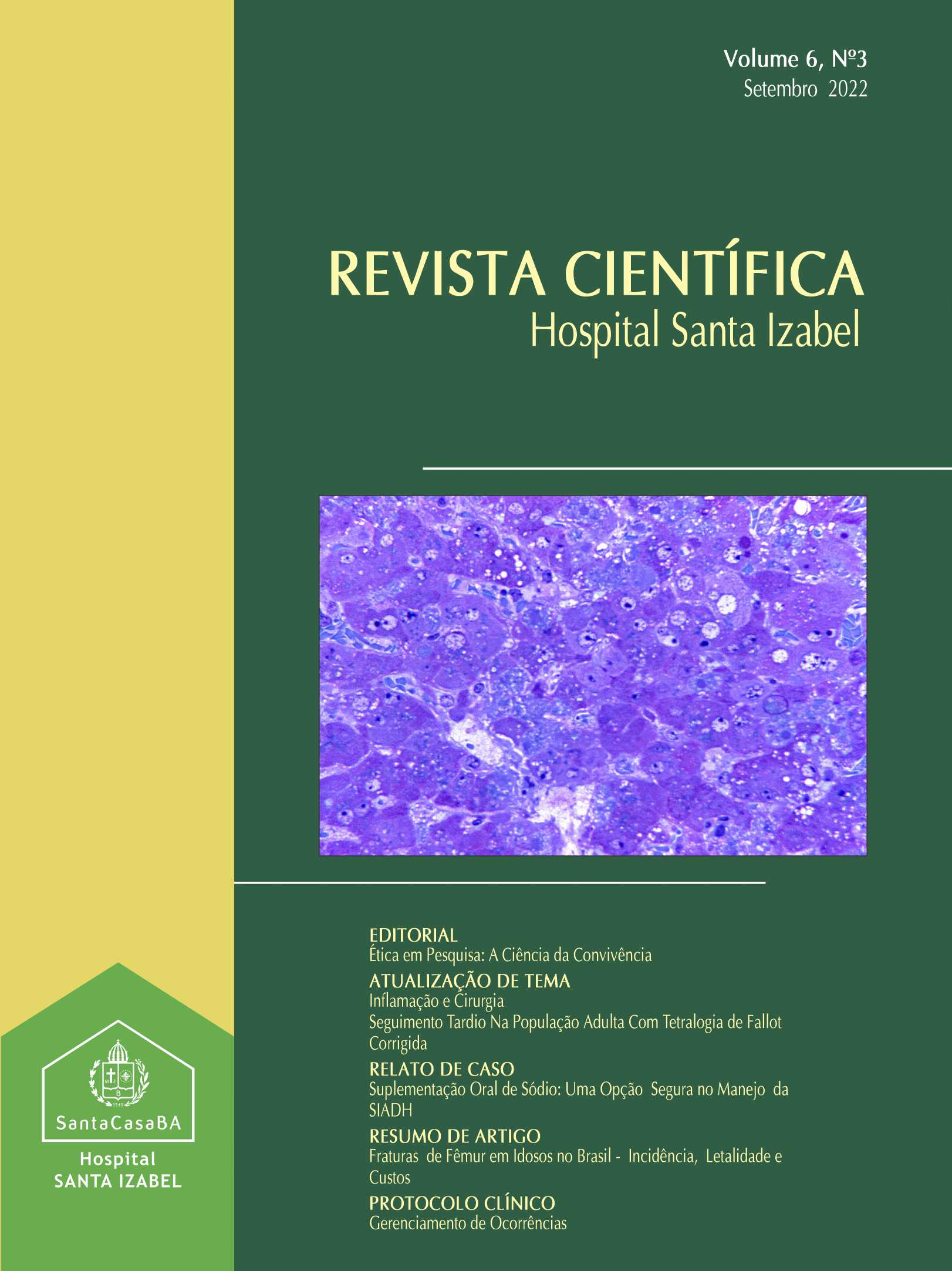Comparative Clinical Performance of Two Types of Drug-Eluting Stents with Abluminal Biodegradable Polymer Coating: Five-Year Results of the DESTINY Randomized Trial
DOI:
https://doi.org/10.35753/rchsi.v6i3.332Palavras-chave:
Biodegradable Polymers, Drug-Eluting Stent, Intravascular Ultrasound, Optical Coherence TomographyResumo
Introduction and Objectives: The Stents Coated with the Biodegradable Polymer on Their Abluminal Faces and Elution of Sirolimus versus Biolimus Elution for the Treatment of de Novo Coronary Lesions - DESTINY Trial is a non-inferiority randomized study that compared the InspironTM sirolimus-eluting stent (SES) with the control BiomatrixTM Flex biolimus-eluting stent (BES). Previous reports in the first year showed similar outcomes for both stents, in clinical, angiographic, optical coherence tomography, and intravascular ultrasound assessments. The present analysis aims to compare the clinical performance of these two biodegradable polymer drug-eluting stents five years after the index procedure.
Methods: A total of 170 patients (194 lesions) were randomized in a 2:1 ratio for treatment with SES or BES, respectively. The primary endpoint for the present study was the five-year rate of combined major adverse cardiac events, defined as cardiac death, myocardial infarction, or target lesion revascularization.
Results: At five years, the primary endpoint occurred in 12.5% and 17.9% of the SES and BES groups, respectively (p=0.4). There was no definite or probable stent thrombosis among patients treated with the novel SES stent during the five years of follow-up, and no stent thrombosis after the first year in the BES group.
Conclusions: The novel InspironTM stent had similar good clinical performance in long-term follow-up when compared head-to-head with the control latest-generation BiomatrixTM Flex biolimus-eluting stent.


